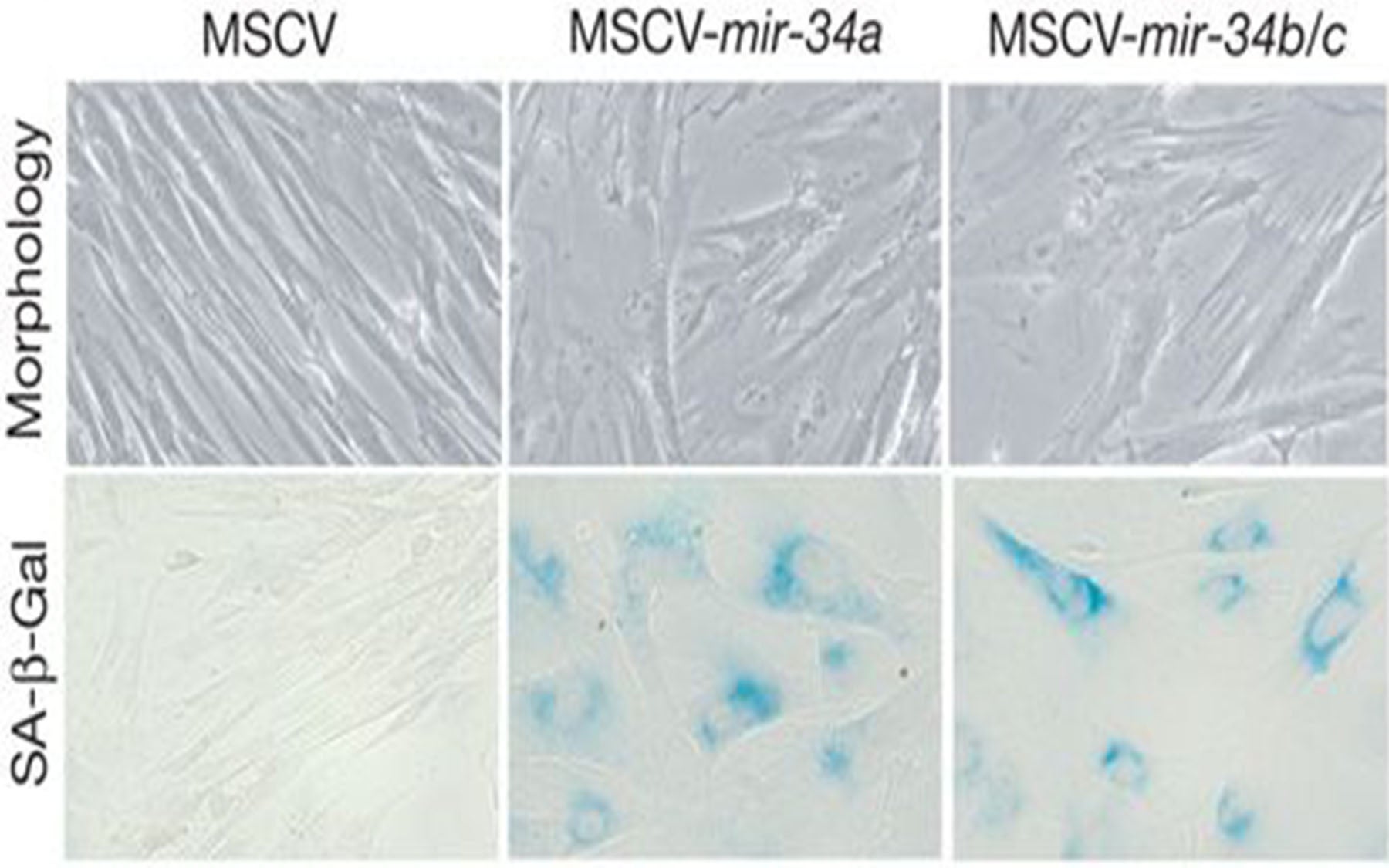Cold Spring Harbor Laboratory finds cancer gene pathway triggers micro RNAs to suppress tumors
Cold Spring Harbor Laboratory (CSHL) researchers led by Lin He, Xingyue He, and Professor and Howard Hughes Medical Investigator (HHMI) Greg Hannon have identified a family of micro RNAs (miRNAs) that enable a critical tumor suppressor network, called the p53 pathway, to fight cancer growth. “At CSHL, we are moving simultaneously on several fronts to understand the p53 pathway because damage to this pathway is something that almost all cancers have in common,” said CSHL Cancer Center Deputy Director and HHMI Scott Lowe.
“Collaboration among different CSHL research laboratories has not only found that p53 can arrest the growth and even eradicate cancers, but we’ve revealed something very surprising about what makes this pathway so powerful,” said Hannon. CSHL research published by Nature earlier this year, concluded that even in the latest stages of cancer, reactivation of a previously damaged p53 pathway caused cancer tumors to stop growing and even eliminate themselves by activating an immune response in surrounding healthy cells. Most suspected that proteins would be revealed as key to the power of p53, but this latest research published June 6 by Nature now identifies miRNAs as a critical force behind the anti-proliferation potential of p53.
Expression of most miRNAs is reduced in tumors, suggesting that some miRNAs act to prevent tumor formation. By comparing levels of miRNAs in cells with a variety of pre-cancerous genetic lesions, CSHL researchers found a connection between changes in the p53 pathway and the loss of a specific family of miRNAs, known as miR-34. The fact that p53 uses miRNAs to stop tumor cell growth reveals a completely new dimension of this critical cancer-fighting pathway and its ability to trigger the genetic death of cancer cells. “Our findings certainly lead to a deeper understanding of a critical tumor suppression mechanism but also may provide insight into how to best engage the p53 pathway to treat cancer by killing tumor cells,” said He.
Written by: Communications Department | publicaffairs@cshl.edu | 516-367-8455
Citation
“A microRNA component of the p53 tumour suppressor network” was published online today by Nature ahead of print publication and can be accessed using DOI: 10.1038/nature05939 at https://www.nature.com/articles/nature05939. The complete citation is as follows: Lin He, Xingue He, Lee P. Lim, Elisa de Stanchina, Zhenyu Xuan, Yu Liang, Wen Xue, Lars Zender, Jill Magnus, Dana Ridzon, Aimee L. Jackson, Peter s. Linsley, Caifu Chen, Scott W. Lowe, Michele A. Cleary and Gregory J. Hannon.
